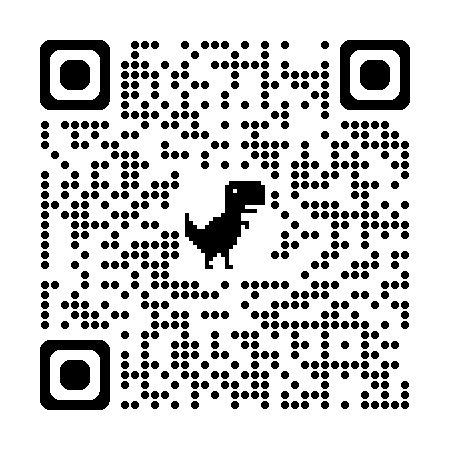Can the Digital Software Method Outperform the Manual Method in Qualitative Data Analysis? Findings from a Quasi-experimental Research
Keywords:
Qualitative data analysis, Digital software, Manual methods, Quasi-experimental research, Technology, Insights, InnovationAbstract
Background: In the dynamic field of qualitative research, a contentious issue persists: Is digital software a more effective tool for research analysis than the manual method? To shed light on this debate, we undertook quasi-experimental research, focusing on our study's unique contribution to exploring the capabilities of both methods in analysing health datasets.
Objective: Our study aims to compare the effectiveness of qualitative analysis between researchers who are proficient in digital software and those skilled in the manual method. We seek to understand which method is more effective in data analysis.
Methodology: We employed a quasi-experimental design and a purposive sampling approach to select our study participants. These participants (n=150) were then divided into two groups: those proficient in digital software and those skilled in the manual method. We then conducted an intervention in which participants analysed a qualitative dataset using their preferred method. The data collected was then analysed using quantitative measures, such as percentages, central tendency measures, and independent samples t-tests.
Results: The t-test result showed that statistically significant differences exist between the two groups across all indicators (all Ps<.0001). Specific observation of the mean scores revealed that for perceived efficiency (M=3.50 [SD=0.55]), productivity (M=3.40 [SD=0.60]), collaboration (M=3.55 [SD=0.50]), identification of complex themes (M=3.60 [0.45]), and visualisation techniques(M=3.60 [SD=0.45]), participants who used digital software scored higher than those who used manual method of data analysis. However, for perceived depth of analysis (M=3.50 [SD=0.55]), coding flexibility(M=3.45 [SD=0.50]), reflective quality(M=3.60 [SD=0.50]) and integration of contextual knowledge(M=3.55 [SD=0.45]), participants in the manual method group scored higher compared to those in the digital software group
Contribution: This study adds to burgeoning and existing knowledge on the need for a complementary approach to adopting and using digital tools and manual methods in conducting qualitative data analysis. Although using both methods can offer many benefits, it is crucial to use the advantages of one method to address the drawbacks of the other where possible. While these benefits should be observed when combining both methods, the challenges of both methods must be acknowledged.
Conclusion: This study emphasises the complementary advantages of digital and manual qualitative data analysis methods.
Recommendation: A well-rounded strategy that uses the benefits of both approaches is advised to provide thorough and complex qualitative research results.
Downloads
Published
How to Cite
Issue
Section
License
Copyright (c) 2024 Ugochukwu Simeon Asogwa, Hannah Ifedapo Maiyekogbon, Margaret Agada-Mba, Oluwaseyi John Jemisenia

This work is licensed under a Creative Commons Attribution-NonCommercial-ShareAlike 4.0 International License.



